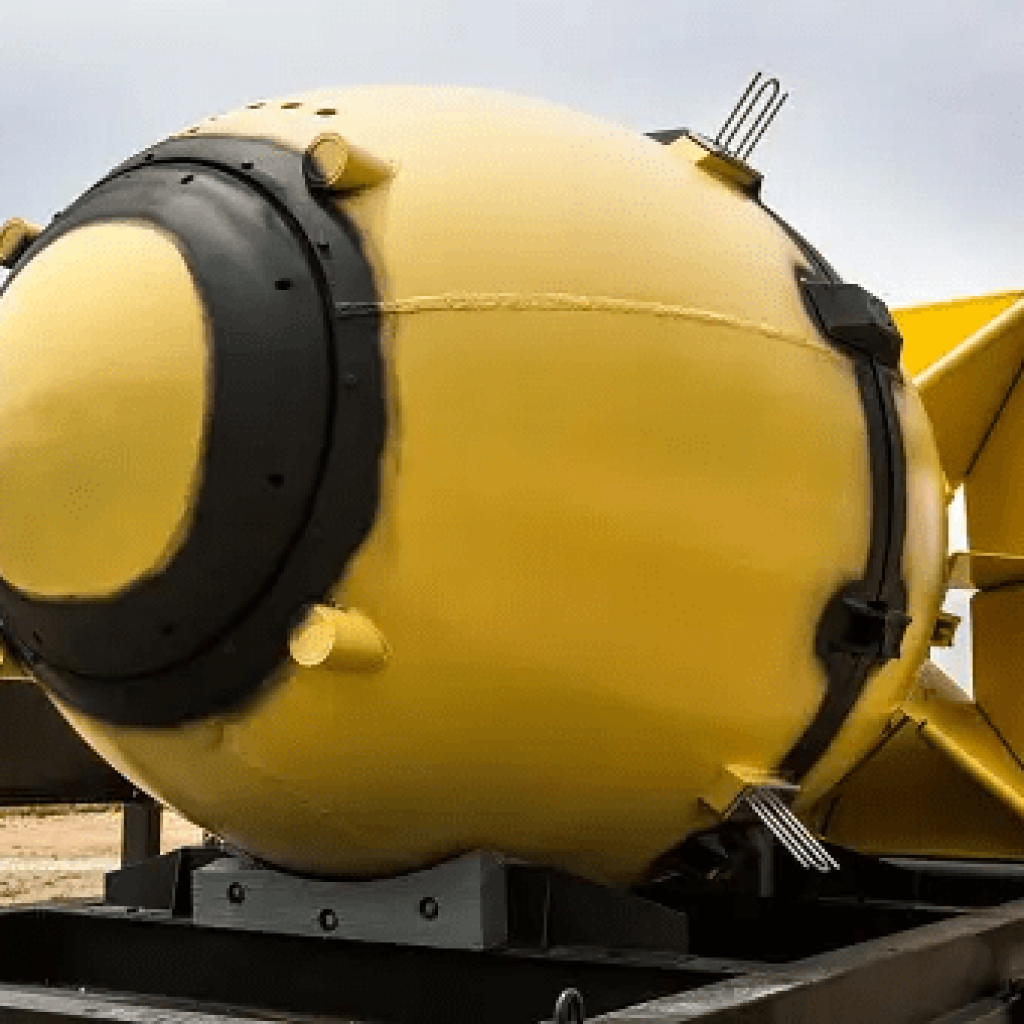The history of science and its profound impact on the world has seen numerous instances where discoveries intended for peaceful purposes have, unfortunately, found applications in warfare. Various scientific fields, from chemistry to human genetics to quantum mechanics, have been accelerated due to a wartime drive and funding. In particular, the connection between quantum science and weapons development became evident during the development of the atomic bomb, famously known as the Manhattan Project. Discussing the new Oppenheimer movie, which showcases the creation of the Manhattan Project, we’ll explore just how deep the relationship between quantum science and weapons development truly is.
Quantum Science: A Paradigm Shift
Quantum science emerged in the early 20th century, introducing a new understanding of the subatomic world, where particles exhibited behaviors that defied classical physics. It revolutionized how scientists perceived the universe’s fundamental building blocks, leading to the development of quantum mechanics. Max Planck, Albert Einstein, Niels Bohr, and Erwin Schrödinger were the key figures who laid the foundations of this groundbreaking field. As these scientists were based in Europe, the study of quantum science had a European focus, making it difficult for America to catch on.
Oppenheimer shows that quantum theorist J. Robert Oppenheimer works to bring quantum mechanics to America by growing quantum mechanics programs at the California Institute of Technology (Caltech) and the University of California Berkeley. The movie addresses the lack of quantum science in the U.S. during the late 1930s and early 1940s and shows how, slowly but surely, Oppenheimer built up a program focused on quantum science. It would be this program that would help him become the Director of the Manhattan Project.
The Manhattan Project: A Race for the Atomic Bomb
As World War II escalated, there were growing fears that Nazi Germany might develop an atomic bomb. This concern prompted the United States to initiate the Manhattan Project in 1939. The project’s primary goal was to develop an atomic bomb before the Axis powers could effectively end the war and ensure the nation’s and its allies’ safety.
The development of the atomic bomb was deeply rooted in quantum science. Nuclear fission, which powers the atomic bomb, relies on splitting heavy atomic nuclei, releasing immense energy. This phenomenon was discovered by physicists Lise Meitner and Otto Hahn in 1938, based on the principles of quantum mechanics.
Additionally, the technology needed to refine and enrich uranium isotopes for the bomb, such as gaseous diffusion and electromagnetic separation, depends on the quantum properties of these isotopes. Quantum science was instrumental in designing the intricate machinery that made nuclear weapons a reality.
Becoming the Director of Los Alamos, Oppenheimer oversaw collaborations between quantum theorists and experimentalists for this weapon’s development. In Oppenheimer, we see Oppenheimer direct various teams working on different parts of the bomb, from the theory of the blast radius and atmospheric heat to purifying the uranium. Various scenes within the film discuss quantum mechanical theories to calculate different bomb parameters as the scientists work to ensure its impact while maintaining safety at Los Alamos.
Quantum Mechanics and Weapons Development Now
While the race for nuclear weapons has cooled, other weapons development races are leveraging quantum science. Cybersecurity, for example, can be enhanced using quantum mechanical theories, which can create more significant data security threats and “weaponize” hacking. Cryptography can use quantum theories to help better secure data with stronger keys, which may be able to fight against these “weapons.”
In 2021, NATO identified quantum as a key emerging technology, particularly in defense and military applications. In a particular article, the organization states: “However, for Allied militaries to be able to actually reap the benefits of these new quantum technologies, it is essential that Allies proactively engage in this field and guide the development and adoption of the military applications of quantum technologies.” In this same article, NATO discusses its plan to develop quantum-resistant cryptography for its communications and explore other quantum devices, such as quantum sensors.
The interactions between quantum science and weapon development from the Manhattan Project to today exemplify scientific discovery’s dual nature. While quantum mechanics revolutionized our understanding of the universe and laid the groundwork for technological innovations, it also significantly created the most destructive weapon in human history and threatens to continue to do so as technology advances. While Oppenheimer focused on the personal struggles of the leading quantum theorist of the Manhattan Project, the film also revealed a critical universal truth about quantum science and weapons development: the military may be the most significant funding source for new quantum technologies as the U.S. works to shore up its security.
Kenna Hughes-Castleberry is a staff writer at Inside Quantum Technology and the Science Communicator at JILA (a partnership between the University of Colorado Boulder and NIST). Her writing beats include deep tech, quantum computing, and AI. Her work has been featured in Scientific American, New Scientist, Discover Magazine, Ars Technica, and more.
